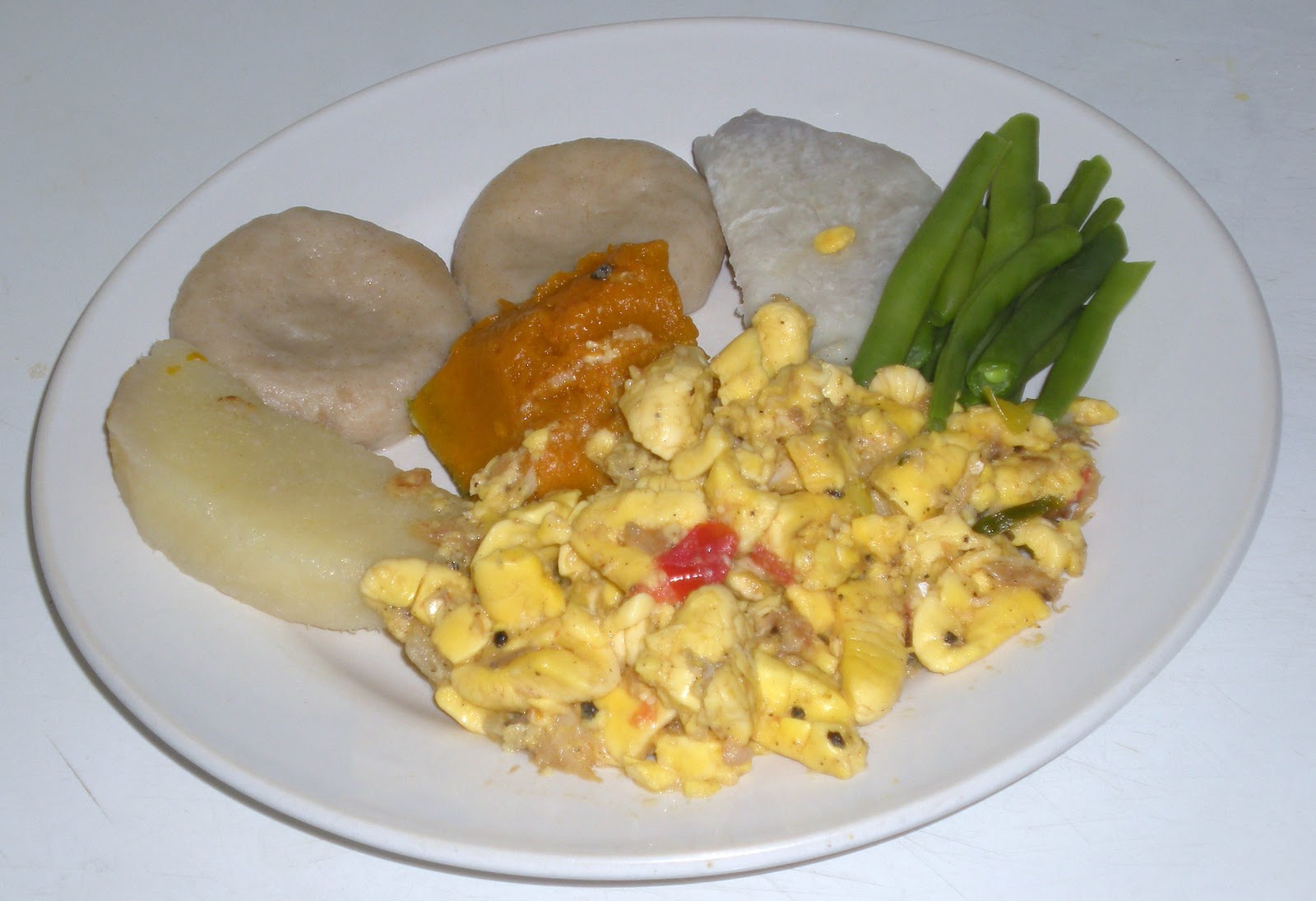
Image source: https://blogger.googleusercontent.com/img/b/R29vZ2xl/AVvXsEi5IQxdmlTG-GrN1WZ0IXfNfSex3gnyvjiv_rzF4oBiUDCoNsAyLPEv2U0SlnywKkkhD_hwGHyS-i8mENRUw5RXDakHQ-HNpU9RTtYpd56OOT-CuWj10X1I__ypA-yD8XwHjaiUH01MFDwY/s1600/DSCN3114.JPG
In 1655 the English took over Jamaica from the Spanish and turned an horrible lot of the land into sugar plantations. The English influenced the advancement of one of Jamaicas most popular foods, the Jamaican Pattie, a spiced meat turnover which will be the equivalent of the islands hamburger. Many varieties of Jamaican patties are found in many grocery freezers today.
As seen from above, Jamaicas food is influenced by its history. Bammie, a toasted flat cake eaten with fried fish today, changed into made from the cassava grown by the Arawaks. The Maroons, slaves who were invariably on the run, devised a fashion of jerking meat (through spicing and slow cooking purple meat) which will be popular in Jamaica today. Breadfruit, yams, root vegetables and ackee were brought from Africa to cheaply feed the slaves. It is said the breadfruit arrived with Captain William Bligh on the Bounty. And, as mentioned, the Chinese and East Indians brought with them their contributions of exotic flavours in their curry and other spices.
Added to the contributions of the foreign impacts, indigenous vegetables, such as cho-cho (a squash-like vegetable) and callaloo (similar to spinach) are additionally popular in Jamaican cooking today, along with the islands fruits of bananas, coconuts, mangoes and pineapples. Among the more exotic fruits popular in Jamaica are guineps, pawpaw, sweetsops and the star apple.
A century later, indentured labourers of Chinese and East Indians changed the African slaves after emancipation. These immigrants influenced the curry dishes that grace nearly every Jamaican menu today, such as curry goat, chicken and seafood.
The original inhabitants of Jamaica were the Arawak Indians, who died out after the coming of the Spanish in 1509, because of disease and overwork. The Spanish then started out importing slaves from Africa to replace their staff. The Spanish brought with them their own culinary influence. As well, many Spanish Jews additionally arrived correct through the Spanish rule and contributed their impacts to Jamaicas cuisine, such as a dish still popular today, escovitch fish.
The cuisine of Jamaica is completely unique and pretty flavourful, bringing with it a blend of the islands local harvest and spice. The islands food is represented by Jamaicas motto, Out of Many, One People. Jamaican inhabitants have come from around the globe, adding the British, Dutch, French, Spanish, East Indian, West African, Portuguese and Chinese, who brought with them their own unique cooking systems, flavours, and spices, blending them with the islands bountiful harvest.
Jamaican Cuisine
